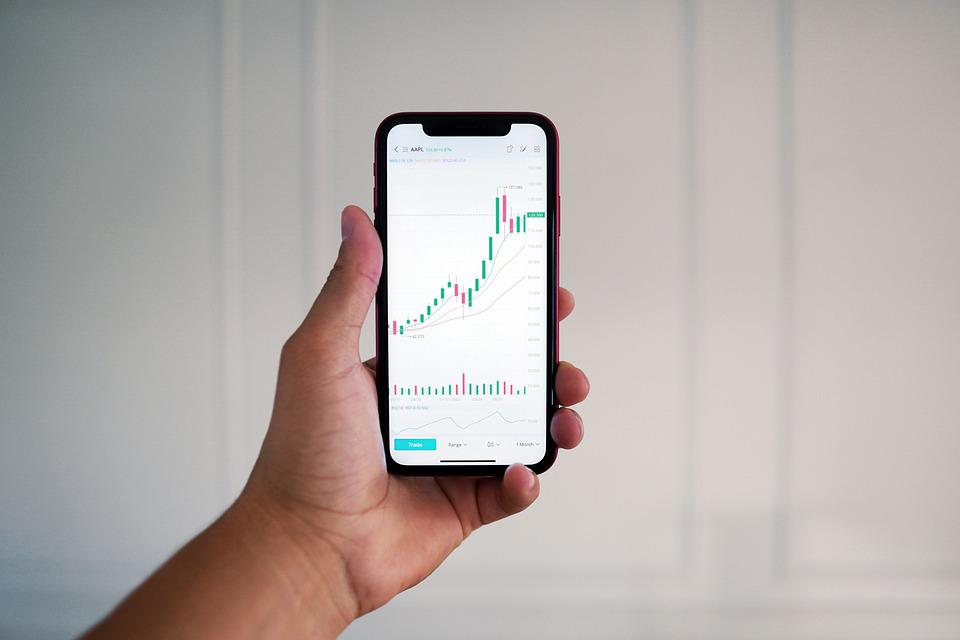
19 May How are index funds and exchange-traded funds different?
Photo: pixabay.comQ. What’s the difference between an index fund and an exchange-traded fund?
— Investor
A. We love when someone wants to get a better understanding of investments.
Both index funds and most exchange-traded funds, or ETFs, are low-cost funds that use a passive index investing strategy.
That means that they track an underlying index, said Jody D’Agostini, a certified financial planner with Equitable Advisors/The Falcon Financial Group in Morristown.
This can give the investor an easy way to diversify and start the process of building wealth, she said.
“They give you exposure to hundreds of securities or even more depending upon which index they are tracking,” she said. “Diversification reduces risk and therefore aids in avoiding large market corrections.”
D’Agostini said passive investments have outperformed most active managers over time, although there are still some managers that consistently beat their underlying benchmark.
Equity index funds have average expense ratios of 0.07% and equity index ETFs have average expense ratios of 0.18%, much less than most actively-traded funds.
Let’s talk about the differences.
“ETFs can be traded throughout the day like stocks during the trading session. Their price fluctuates throughout the day as they are bought and sold,” she said. “Index funds can only be purchased at the close of the market, so the price only changes once per day.”
Taxation is another difference.
While both kinds of funds are tax-efficient, ETFs are generally more so, she said. If you sell an ETF, you will pay capital gains on any gain you have realized. The index fund buys and sells assets to mirror the underlying index. The cost of this is adjusted from the fund portfolio net asset value (NAV), she said.
Another difference is the minimum investment requirements. There is no minimum to purchase an ETF, but there likely is for an index ETF fund. Some of these could be removed if you make systematic payments to your account, she said. You can buy fractional shares of an index fund as well. It is priced to the NAV for the day of your purchase. Most ETFs do not have this functionality, she said.
Also note that ETFs are rarely an option in any 401(k) plan, whereas index funds and actively-managed funds are generally the investments of choice, she said. IRAs are a different matter as most investments are available to the consumer, including ETFs.
Depending upon where you purchase the ETF, you may be able to buy without paying a commission. ETFs also lack any load — or commission — fees, she said.
Before you buy, you should look beyond just the annual expense ratio to see if there are any commissions or sales load fees charged by a comparable index fund, D’Agostini said.
“There are many no-load funds, but there are some that have front-end loaded fees, and some that have back-end loaded fees,” she said, so just make sure you know what you’re buying.
Email your questions to Ask@NJMoneyHelp.com.
This story was originally published on May 19, 2022.
NJMoneyHelp.com presents certain general financial planning principles and advice, but should never be viewed as a substitute for obtaining advice from a personal professional advisor who understands your unique individual circumstances.

